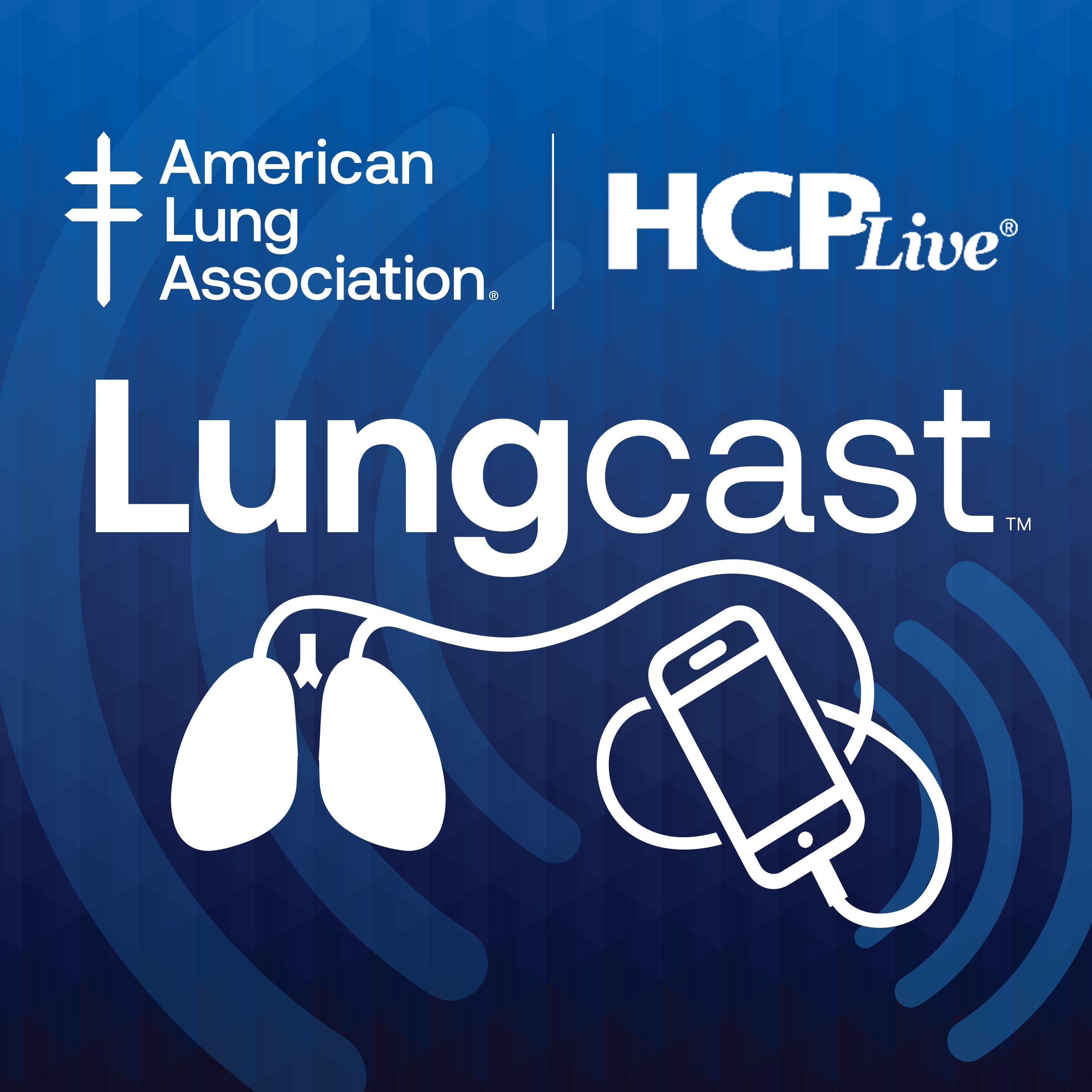Video
Hydroxyurea Use in Sickle Cell Disease
Author(s):
Expert perspectives on hydroxyurea as a staple therapy in the treatment armamentarium for sickle cell disease.
Transcript:
Ifeyinwa Osunkwo, MD: I want us to move toward evidence-based treatment options for sickle cell disease. We have 4 drugs: crizanlizumab and voxelotor are the 2 new ones, and Endari [L-glutamine] and hydroxyurea. We also we have titration therapy as a way sickle cell is treated. I am going to ask in a round robin about the role of each of these drugs, then how they work, what is their safety profile, and bit of nuance on who should be the right patient for these drugs. I am going to start with Dr Smith. Hydroxyurea is our tried-and-true treatment. Can you tell us a little bit about hydroxyurea and sickle cell disease? Who should get it and who shouldn’t get it? How does it work? What are the benefits, the adverse effects? Just so that everybody who listens understands where this falls in the treatment landscape.
Wally R. Smith, MD: We used to think that hydroxyurea worked primarily by increasing the production of fetal hemoglobin, which as Dr Shah, said is naturally occurring in the Saudi Arabian population and in other populations where their disease is milder. Without getting into the weeds, the way the fetal hemoglobin is distributed in those populations is there is a little in every cell. Hydroxyurea can’t quite reproduce that, but it does increase the production of the total amount of fetal hemoglobin. But that’s only 1 of 5 ways that hydroxyurea may work. The second most important way it works is it’s a white cell drug, it decreases the production of sticky white cells. That probably alleviates vaso-occlusion as much as the production of fetal hemoglobin, which causes lack of deoxygenation and lack of sickling. It is a nitric oxide drug, so it may open up the blood vessels. Hydroxyurea was a home run when it was introduced; it had a 50% reduction in the hospitalization rate and in the crisis rate in the randomized controlled trial. Who ever comes up with a drug that can produce a 50% outcome change? That was a home run. Then as Dr Shah said, over the time it was followed in the follow-up study, it saved lives.
Hydroxyurea is the oldest federally approved treatment for patients with sickle cell disease, and since the time of the original approval for a reduction in annual rate of pain crises, it has now proven itself as a possible substitute for transfusion in young children who have strokes. If they take it the way they’re supposed to, you actually can get away with using hydroxyurea to prevent strokes in children. That is a miracle if you ask me. It may reduce organ failure, and there are some other ways that it might be helpful that we don’t even know about in young children; we’re still learning from some of the studies that are ongoing. Now, I want to give a little caveat, we don’t use it in patients with hemoglobin SC disease, which is one of the milder genotypes. We may never know in a randomized controlled trial whether it works in those individuals. But in my mind, if they’re symptomatic the way that they would be if they had hemoglobin S and have a lot of painful crises, they’re going to get hydroxyurea even if they have hemoglobin SC. I don’t know if everybody else feels that way.
Ifeyinwa Osunkwo, MD: I see a lot of head nods.
Wally R. Smith, MD: Even though the book says it’s for hemoglobin SS and S beta zero thalassemia, I give hydroxyurea to whoever needs it. That means if they have a lot of crises and they’re feeling poorly, and I think that it might help, I’m going to give hydroxyurea to them. I explain it to them that way. Hydroxyurea, there is nothing but good things to say about it. It’s cheap; yes, it can cause adverse effects, it can cause the white count to go too low, you can’t take it if you want to get pregnant or impregnate somebody. Yes, it might color your nails, and yes, it might cause a bit of hair loss. But other than that, it is a really good drug. You have to dose it to the maximum tolerated dose as we discussed, which could take months. You start out with approximately 15 mg/kg in a child or about 2 capsules, and 1000 mg in the average adult, and you go up to somewhere around 4 or 5 capsules max in the average adult. There is a formulation available that you can take and grind it up and make a liquid out of it. Siklos is the name of the formulation; they just got approval for children, but you can give it for adults and children as well. There’s nothing to stop you. You can get compounding pharmacies to make liquids if you need. But for hydroxyurea, we have nothing but good things to say about it; it’s a great drug.
Transcript edited for clarity.





